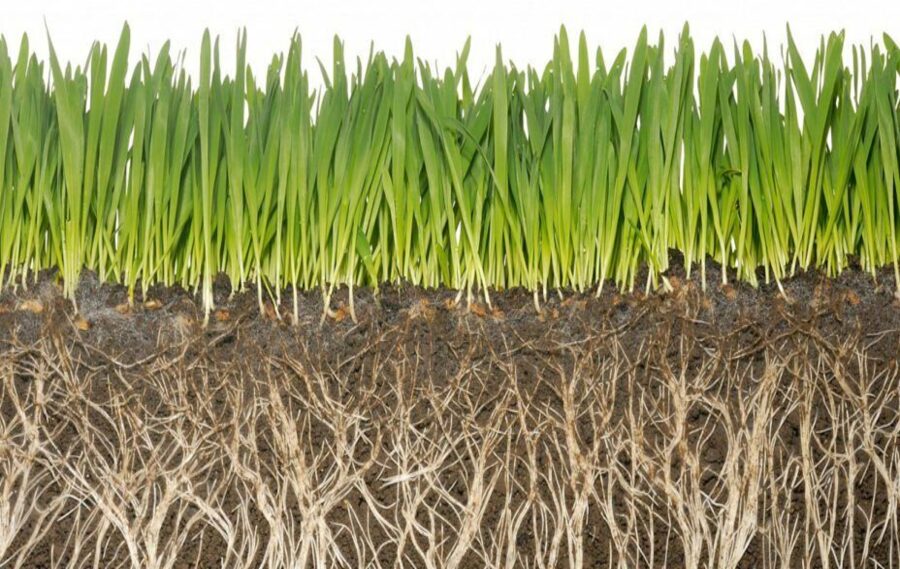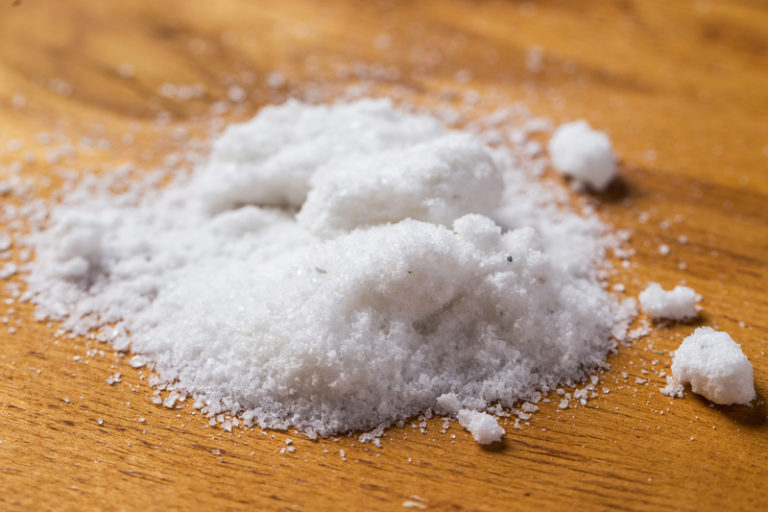Humates in Agriculture: The Natural Solution to Improve Soil Structure and Water Retention
In recent years, the use of Humates in agriculture has become increasingly popular due to their potential to improve soil health, enhance plant growth and development, and increase crop yields.
Humates are natural organic substances derived from humic substances, which are formed from the decay of plant and animal material over time.
These substances contain a range of organic compounds, including humic acids, fulvic acids, and humin.
In this article, we will explore the benefits of using Humates in agriculture, the different types of Humates, their applications, and how to choose the right product.
Benefits of Using Humates in Agriculture
Improved Soil Structure and Fertility
One of the key benefits of using humates in agriculture is their ability to improve soil structure and fertility. Humates can help to increase water retention in the soil, promote aeration and drainage, and increase nutrient availability.
They also stimulate microbial activity in the soil, which can help to break down organic matter and release nutrients. This can result in healthier, more productive soil that is better able to support plant growth and development.
Increased Nutrient Uptake
Humates can also help increase nutrient uptake in plants. They contain a range of organic compounds that can bind with minerals in the soil, making them more available to plants.
This can help ensure that plants have access to the nutrients they need to grow and develop. In addition, humates can help increase the efficiency of fertilizer applications by reducing nutrient leaching and runoff.
Enhanced Plant Growth and Development
Humates have been shown to have direct benefits for plant growth and development. They can help to increase root development, improve nutrient uptake, and enhance plant growth and development.
They may also help to reduce stress on plants caused by environmental factors such as drought, heat, and cold. This can result in healthier, more productive plants that are better able to resist disease and pests.

Types of Humates
There are several different types of humates, each with its own unique properties and benefits. The three main types of humates are humic acids, fulvic acids, and humin.
Humic Acids
Humic acids are the most abundant of the three types of humates. They are large, complex molecules that are formed through the breakdown of organic matter.
Humic acids are known to improve soil structure and fertility by increasing water retention, promoting aeration and drainage, and increasing nutrient availability. They can also help to increase the efficiency of fertilizer applications by reducing nutrient leaching and runoff.
Fulvic Acids
Fulvic acids are smaller and more soluble than humic acids. They are formed through the microbial degradation of humic substances. Fulvic acids are known to improve nutrient uptake in plants by increasing the availability of minerals in the soil.
They can also help to increase the efficiency of fertilizer applications by reducing nutrient leaching and runoff.
Humin
Humin is the most stable of the three types of humates. It is formed through the partial decomposition of organic matter. Humin is not soluble in water and is therefore less bioavailable than humic and fulvic acids. However, it can still have benefits for soil health and plant growth by improving soil structure and fertility.
Humate Applications
Humates can be applied to soil in a variety of ways, including as a soil amendment, a foliar spray, or a seed treatment.
Soil Amendment
The most common way to apply humates to soil is as a soil amendment. This involves mixing the humates into the soil before planting. The amount of humates needed depends on the type of soil and crop grown.In general, a rate of 50 -100 pounds of humates per acre is recommended for most crops.
Foliar Spray Humates can also be applied as a foliar spray, which involves spraying a solution of humates onto the leaves of plants. This method is particularly useful for plants that have already been established and are in need of a nutrient boost. The plant can take in the humates through its leaves and use them to grow and get stronger.
Seed Treatment
Humates can also be applied as a seed treatment, which involves coating the seeds with a solution of humates before planting. This can help improve seed germination, increase root development, and enhance nutrient uptake. Seed treatments are particularly useful for crops that have a long growing season or are prone to stress.
Choosing the Right Humate Product
When choosing a humate product, it is important to consider the type of humate, the source of the humate, and the quality of the product. Here are some key factors to consider:
Type of Humate
As we discussed earlier, there are three main types of humates: humic acids, fulvic acids, and humin. Each type has its own unique properties and benefits, so it is important to choose a product that contains the type of humate that will best meet your needs.
Humate source
Humates can be sourced from a variety of materials, including peat, lignite, and leonardite. The source of the humate can affect its quality and effectiveness. Leonardite is generally considered to be the highest-quality source of humates, as it contains the highest concentration of humic and fulvic acids.
Quality of Product
The quality of a humate product can vary depending on the manufacturing process and the level of purification. Look for a product that has been purified to remove any impurities and is free of heavy metals and other contaminants.
Conclusion
Humates are a natural and effective way to improve soil health, enhance plant growth and development, and increase crop yields. They contain a range of organic compounds, including humic acids, fulvic acids, and humin, which can help improve soil structure and fertility, increase nutrient uptake, and promote healthy plant growth.
Humates can be applied to soil in a variety of ways, including as a soil amendment, a foliar spray, or a seed treatment. When choosing a humate product, it is important to consider the type of humate, the source of the humate, and the quality of the product.
By using humates in agriculture, farmers can improve the health and productivity of their soil, and ultimately produce healthier and more abundant crops.
Also Read :-







